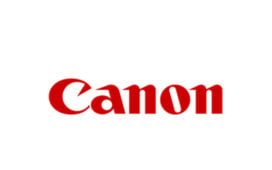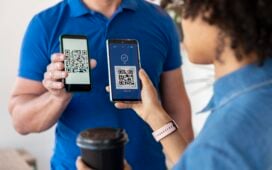MENA consumers are amongst the most digitally connected in the world, with 99 per cent mobile penetration, 3.5 hours a day on average spent online and interaction with more than eight social media platforms during any given month. So how can we best influence consumers from the online discovery phase through to transaction to drive business results? Here are five key ways to connect discovery with transaction.
1 Winning in search on Amazon
As an online business, if you’re not leveraging Amazon to sell products then you’re not just missing out on the opportunity to profit through sales but also limiting your access to a wealth of data. Each month more than 215 million users access Amazon globally to discover and
A seamless path from discovery to transaction, by OMG’s Karim ElGohary
Karim ElGohary, e-commerce executive at OMG Transact eCommerce MENA lays out a roadmap to engage with online consumers.
To continue reading this article you need to be registered with Campaign. Registration is free and only takes a minute. Register Now or sign in below if you already have an account.
You Might Also Like
Canon launches “Make Your Mark” campaign
Dec 28, 2023
Top 10 media milestones in 2023
Dec 27, 2023
The campaigns that caught our eye in 2023
Dec 27, 2023
Top 20 news stories from 2023
Dec 27, 2023
Less tradition, more transactions
Dec 27, 2023









